Summer Berries : A Complete Guide
This page contains affiliate links. For more information please read my Disclosure Policy.

Do you love the sweet, sometimes tart, juicy summer berries as much as I do? All year I await the arrival of the first strawberry, and mourn the loss when the last berry leaves the market.
This season I’m celebrating them with a complete guide of the 4 most popular summer berries. Summer berries are actually an extremely versatile ingredient, and I hope to inspire you to take full advantage of their short season. Aside from simple snacking, they can be cooked in both sweet and savory applications and pair beautifully with so many different ingredients.
Read on to learn all about the big 4, the most popular summer berries. Where they come from, what they’re about, and so much more.
Summer Berries
When I say summer berries, I know the big four pop into your mind: red and juicy strawberries, delicate raspberries, big fresh blackberries, and little blueberries packing big flavor.
Well I hate to break it to you, but of those, only the blueberry is actually a true berry. Botanically speaking, a berry is a single small fruit that grow from a plants ovary.
But that’s botanically speaking, and I’m no botanist. Generally speaking a berry is any small fruit that grows on a bush or low lying plant. That even includes kiwi fruit, currants, and grapes! Fun as these facts are however, let’s talk about the common ones that we all know and love.
Strawberries

Strawberries grow widely, and fairly easily across the northern hemisphere in a huge variety of climates. There are over 20 different variations of strawberries but the ones we’re familiar with were born of a hybridization of two American species almost 300 years ago.
Strawberries are unique among berries because they bear their seeds on their surface. Those ‘seeds’ are actually teeeeeeny tiny fruits that have dried up. Bizarre right?
Science aside, the strawberry is known and love for the vibrant red color and seriously delicious sweetness. Most US strawberries are grown in California and Florida, or imported from Mexico. While available at your local grocery most of the year, the best quality berries are available during the more natural season of April through August.
Strawberries are particularly easy to roast, puree, and eat fresh. While the flavor is delicious in baked goods, balancing the moisture and texture are the challenge.
Blueberries

The true berry, the blueberry. Until the 1920’s the blueberry was an entirely wild food. They were domesticated in New Jersey and from there the blueberries we eat today dominated over other similar berries. The rabbit eye blueberry of southern United States is a less flavorful variation, and the huckleberry is very similar, but has larger seeds where the blueberry has tons of very small ones.
They’re a hardier berry, and freeze particularly well. They’re actually delicious to snack on straight out of the freezer! They also roast beautifully, with a sprinkle of sea salt they cook down into a luscious sauce. Adding them to cakes and muffins is easy too, they maintain their shape and get juicy and gooey. Bonus, they’re really good for you too, full of antioxidants.
Blueberry season in North America runs from April to September, if you’re looking to eat locally. However South America, mostly Chile, produces and supplies the US with fresh blueberries from October to March, making them available year around.
Caneberries
Raspberries and blackberries are actually both part of the same berry family – the caneberry.
This family of berries are the composite fruits, or aggregate fruits. They’re made up of little whole fruits. Each little fruitlet, or drupulet, that makes up the blackberry or raspberry is actually an entire stone fruit, like a mini plum! Caneberries are also extremely perishable and fragile, thanks to very thin skin and high respiration rate.
Respiration is the interaction of oxygen with glucose, which releases carbon monoxide and water. This uses stored energy in the plant, and once it’s on your grocery store shelf, there is a limited amount of energy available. When its gone – your food goes bad. The higher the rate the faster it spoils….like summer berries!
To learn more about respiration, check out this fun site Food Crumbles (food science!!)
Raspberries

Possibly my favorite berry, and easily the most delicate, raspberries have a very distinct flavor among this group. That very flavor is popular in baked goods and sauces, but don’t expect this fragile berry to stay whole without some serious practice and a very delicate hand.
While there are similarities between all caneberries, raspberries are unique in other ways. Most other berries also have many, many species, but the raspberry has just a few. Unlike blackberries, they detach from the plant, leaving their base behind. That is why the raspberry has a hollow interior, rather than a core.
Raspberries are grown from all over the US. They may become available as early as late May in some warmer locations, and the latest berries will appear in late August. Keep an eye out for the color variations like gold, black, deep blue, or purple raspberries.
Blackberries

The other well known caneberry, the blackberry, is an abundant native plant in the Americas and Europe. There are hundreds of variations. They, along with their cousins the raspberry have been cultivated since way back in the 1500s. This love affair with caneberries has led to several well known hybrids of the blackberry and raspberry, including boysenberries, loganberries, youngberries, and tayberries.
There are even hybrids of blackberries alone! Every heard of a marionberry? Come visit us over here on the US west coast. I guarantee you’ll be able to get your hands on a marionberry pie.
Commercially grown blackberries come into season late spring, around May, and grow through August. The peak of flavor is going to come in those berries picked and eaten in July and August. If you have the chance however, and come across wild blackberries I strongly recommend you try them. They take over the pacific northwest during the summer and I can tell you from personal experience, the flavor is incomparable to the much larger farm grown blackberries we get at the store.
Either way, these are a fabulous berry for baking, they have a beautiful flavor and their just juicy enough without making things soggy. As with all the others, they’re of course delicious whole and fresh, or in a silky sauce.
Selecting and Storing Berries
Berries are a nonclimacteric fruit, or put simply, a fruit that does not improve once removed from the plant. The quality of the summer berries you’re consuming depends entirely on how ripe they were when picked and how quickly, and carefully, they were stored and shipped. There is nothing you can do to improve the condition of a berry you buy.
Because of this, buying local freshly picked berries gives you the best chance at quality and flavor. If you can find a u-pick option, even better! It’s fun, often less expensive, and you’re guaranteed only the berries you want.
Wherever you buy them, choose berries that are vibrant in color, and unblemished. Bruises, discoloration, soft or wet spots or wrinkled skin are all signs of a berry past it’s peak.
Even though you can’t improve the condition, you can do your best to stall the deterioration of your purchased berries. Berries have a high metabolism, making them vulnerable to yeast and molds. They’re also fragile, meaning they’ll rot faster and are susceptible to damage.
Storage Tips
- Don’t wash or cut the berries until you’re ready to eat them. Even simple rinsing with gentle water can be damaging on the thin skin of berries. Cutting exposes the interior cells of the berries. This removes the protective outer skin, and increases the chances of bruising or rot.
- Remove any bad fruit from the container. One rotten berry will speed up the deterioration of the rest. It’s also a good idea to transfer remaining berries to a clean container, or to wipe out the current one. Any remaining mildew spores will continue to grow otherwise.
- Keep in a dry, airtight container. Reducing airflow will help the berries stay vibrant and burn through their stored energy slower. Keeping moisture away will help keep the mildew and yeasts from eating up your gorgeous berries. For me, a Tupperware container, lined with paper towels, large enough for the berries to sit in just a few layers (less weight) keeps the the best for the longest.

Cooking with Summer Berries
Okay, so now you know everything about those beautiful summer berries you’ve been eyeing. But what do you do with them? Aside from eating them straight from your strainer (a TOTALLY valid choice of course), here are some ways berries can be used in your cooking:
- Cakes/Muffins – Mix into your batters for a juicy, scrumptious addition to baked goods. Bonus tip, if your blueberries turn green during baking, it’s a harmless reaction to baking soda.
- Purees/Sauces – Berries can make luscious syrups, fluffy mousses, silky creams and anything else your heart can imagine.
- Jams, Jellies, and Preserves – Berries are well loved flavors in jellies and jams. They can be made using whole fruit, chopped fruit, or just the juices. They’re naturally low in pectin, meaning you’ll have to add pectin or combine with other fruits that have more natural pectin. Bonus tip, the seeds of caneberries can cause cloudy jams and jellies, so if this concerns you, strain them out.
- Sorbets, Sherbets, Smoothies – Berries are ideal for homemade ice creams, or as an addition to smoothies. Freeze them before they go bad and they’ll be ready for you whenever you’re ready, long after berry season ends.
- Eaten Fresh – In a fresh fruit salad, as a snack, in a sweet dip, or as a companion to cheese and wine, berries are extremely versatile. Try fresh berries with these two recipes:
- Savory dishes -Thinking outside the box with berries can be fun and delicious. Use as a glaze for meat, a topping on a funky pizza, or a delicious addition to a new grilled cheese, just let yourself play, and be delighted by what you find!
- Pies, Crumbles, and Cobblers – Do I even need to say more? You know how good these can be!
A Note on Using Frozen Berries
I should mention that while berries do freeze extremely well, they don’t thaw well. The drastic temperature change is as very damaging to the delicate berries, and they simply can’t retain their form after thawing. Use frozen berries for dishes that don’t require the original structure and shape of the berries. Baking, pies, purees, ice creams, sauces are ideal, but salads or snacking should stick with fresh berries.

I hope you’re feeling inspired, and well informed of course! I had so much fun researching all my favorite summer berries for this, and can’t wait to create even more recipes with them. I’ll be sharing all of them with you, and would love if you shared your favorites with me!
If I missed something, or if you have a question, or if you just want to share your favorite berry uses, please comment below!!! Until next time, Happy Eating!!
Nutrition information and cooking times are provided as a best estimate. Values may vary based upon ingredients and equipment.

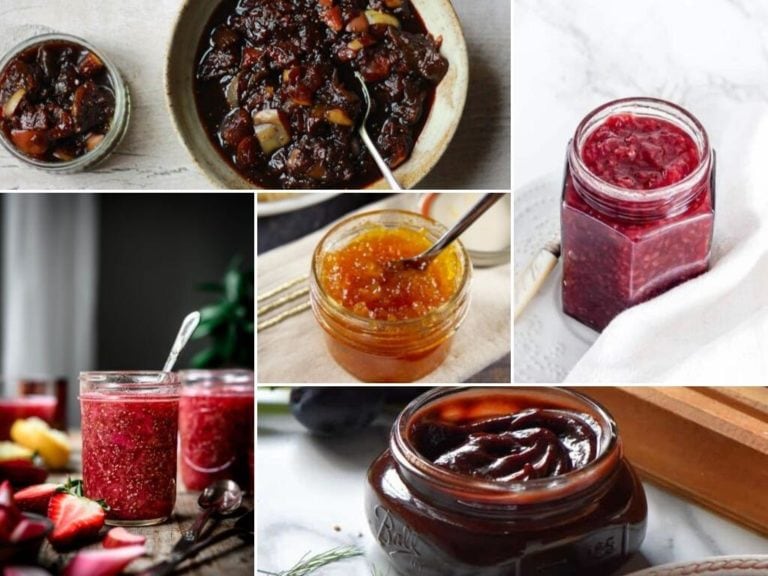
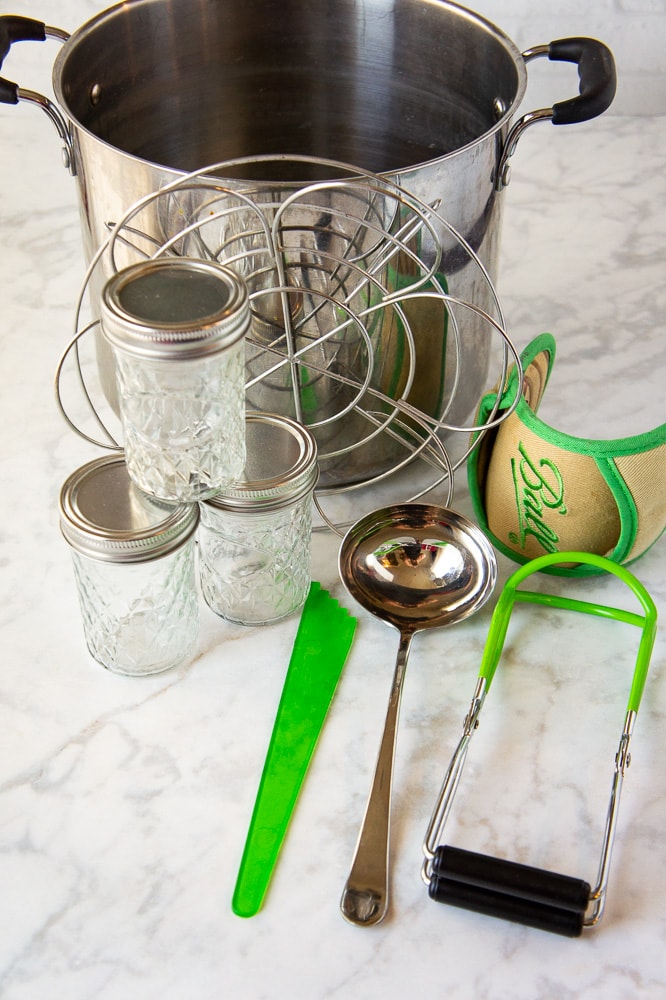
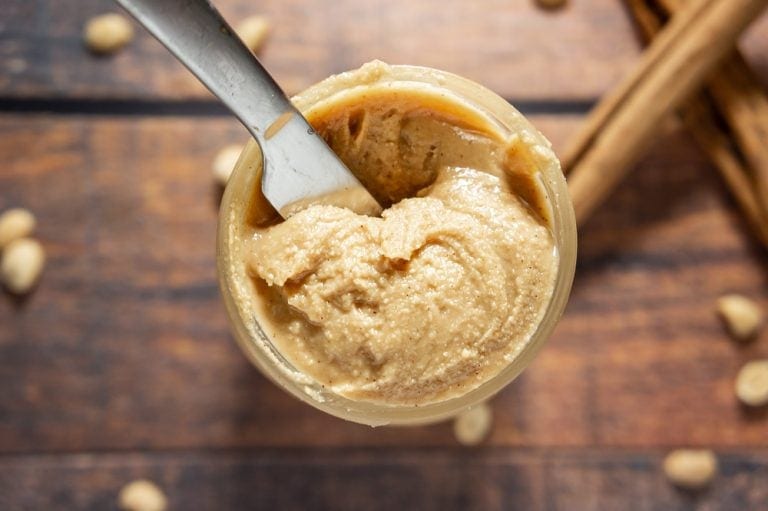
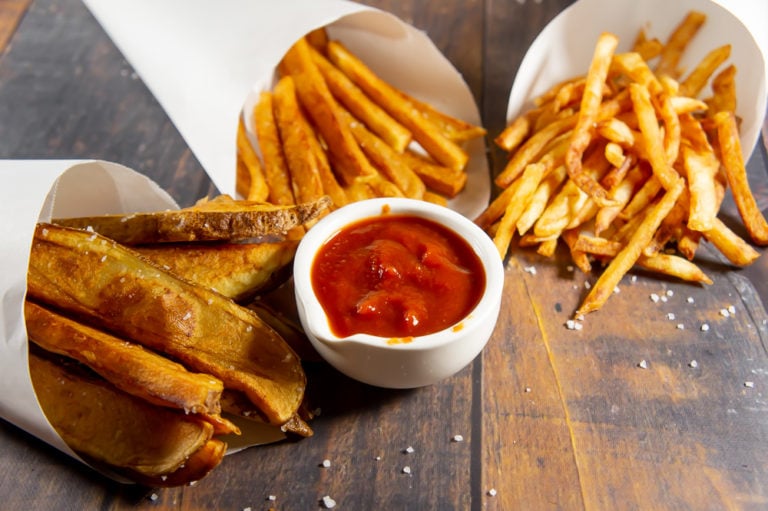
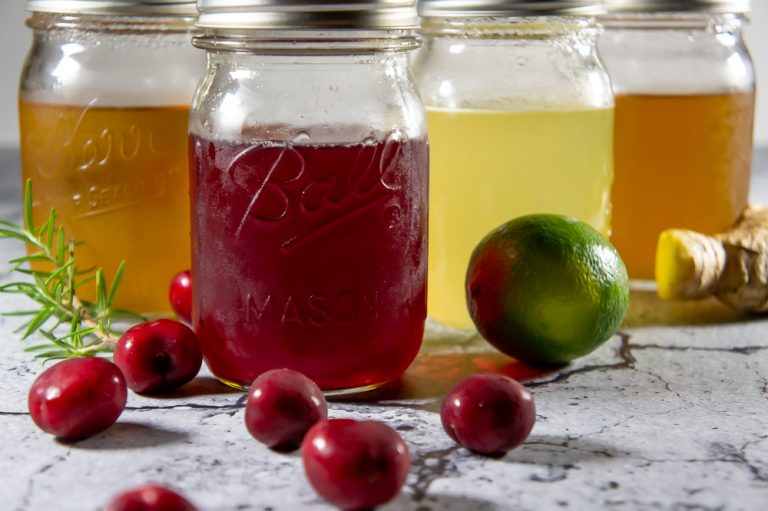
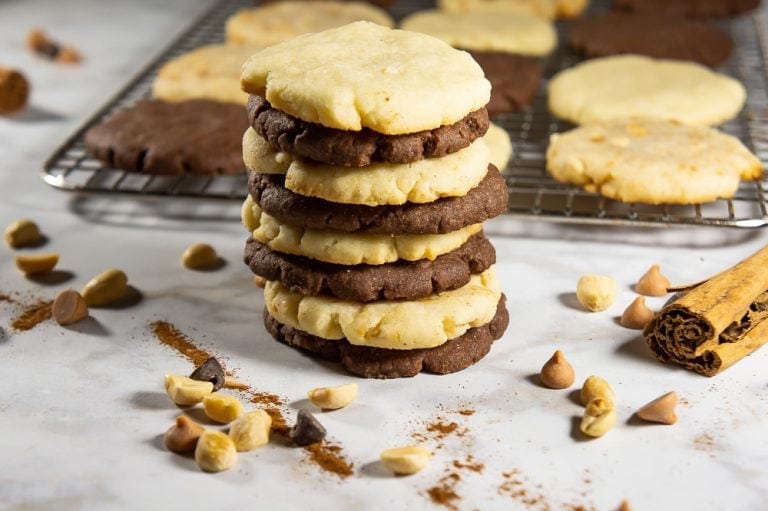
This article offers such a wealth of knowledge on summer berries! I particularly appreciated all the great storage tips as it can be so hard to get through all the delicious berries before they go bad during peak season!
So true Claire, there is not much that is more disappointing than grabbing your berries and they have ‘turned the corner’ and you can’t eat them!
I buy berries weekly and honestly after reading this post, I think I want to start growing my own! Such a great guide and so helpful! Thank you for this!
Lori, I would love to hear how your growing endeavor turns out, I love grabbing a berry straight from the garden, rinsing it off and popping it in my mouth!
Just in time for summer berry bumper crops, this is the most comprehensive guide to all things berries.
Thank you Sharon, I’m happy you found my guide so informative!
What a comprehensive guide! I love berries. Thanks for the great tips.
Thanks so much Dee, it is interesting the differences and how many ways you can enjoy berries! One of my best recipes for blueberries is Quick & Easy Blueberry Compote!
Great guide, especially the tips on storing berries. Every time I wash them and put them back in the fridge they go bad quickly.
I happy my guide will help you enjoy all those berries longer and that perhaps you found a few recipes to try too. Give my strawberry syrup a go Homemade Strawberry Syrup Recipe.
I love berries! It’s one of my favorite summer fruit – so refreshing, healthy and full of antioxidants. Delicious and such a great guide!
I love how healthy they are too, it feels indulgent, but there’s no guilt!
Blueberries are my favourite but I do like all berries. There are so many recipes that you can do with these. I wish they were all year round fruits
I agree, blueberries are so versatile, one of my favorites for baking! The fresh ones in season always taste so much better don’t they!
I get so excited each year for berry season as I am just obsessed. I don’t think I’ve met a berry I didn’t like! This guide is so handy and I’ll be taking your tips on storing them so I don’t end up wasting any of my juicy berries!
Glad to help! We definitely don’t want to waste them!
Great post! I love berries, especially when in season. Here in Italy we can also buy most berries all year round but the out of season ones come from other countries and don’t taste nearly as good as homegrown. I have raspberries and both wild and normal strawberries growing in my garden and blackberries grow wild in the fields and woods near my house. I can’t imagine summer without berries!
That’s exactly how I feel here! I can buy them, but the ones that come local and fresh during the right season just don’t compare! I’m so jealous of your access to wild berries!
That’s exactly how I feel here! I can buy them, but the ones that come local and fresh during the right season just don’t compare! I’m so jealous of your access to wild berries!
Such a great guide for this time of year!
Thanks Tisha!!